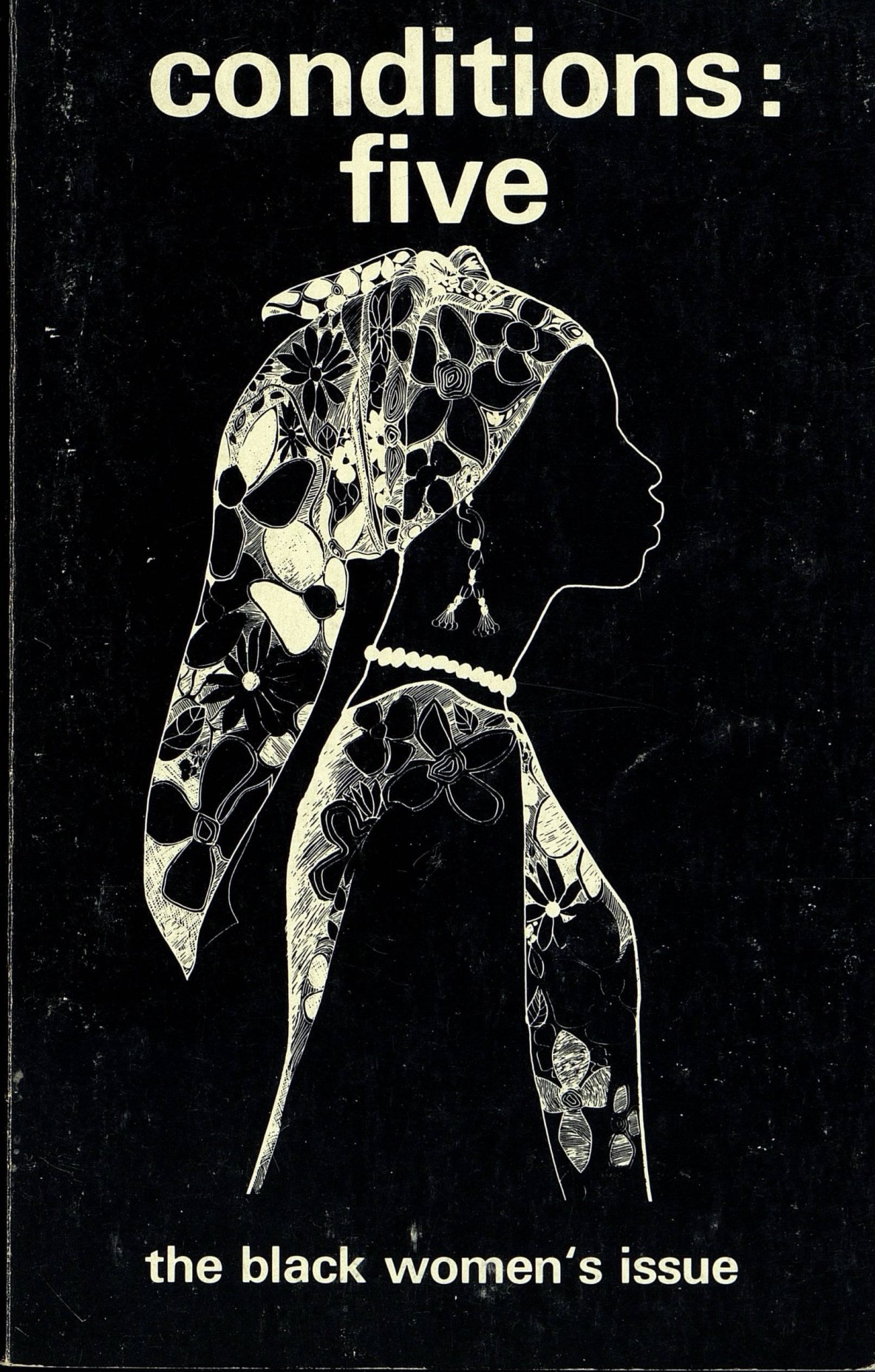SOPHIA RICHARDS
Letter from the Editor:
This project began to take shape after my first visit to the Schomburg center, where I was nonchalantly flashed a cover of Ms. magazine from 1979, which featured Michele Wallace on the cover.
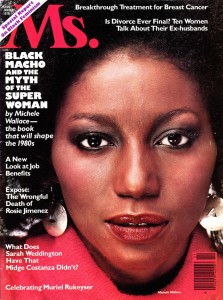
Reprinted by permission of Ms. magazine, (c)1972
When we learn about history, we tend to do so in monocultures: one group thought one way, while another uniformly disagreed. But when we think about our lived political landscapes, we understand the extent to which umbrella terms fail to describe us, and, as we know well, history is written by the victors. I was surprised to see Michele Wallace on Ms., because even at the zenith of third-wave feminism, we’re still struggling to shoot diverse magazine covers — and even when we do, unacceptable controversies like these still slip through the cracks. Even today, when a black woman graces the cover of a glossy, historically white women’s mag, everyone freaks out, and the publication acts like it’s the first time it’s ever happened. To an extent, I believed it. I mean, Harper’s Bazaar has had zero covergirls of color all year. So I was surprised to see Michele Wallace, not even a model or actress but a challenging, feminist, academic writer blown up on the cover of a mainstream magazine at the tail end of the second wave.
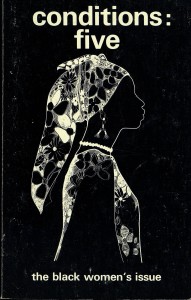
Courtesy of the Barnard Center for Research Women; “Nubian Woman” cover image reprinted with permission of Brenda Haywood.
I went to the Ms. office in Beverly Hills over my spring break, and spent a whole day taking photos and combing through their 70’s back issues. Was the Michele Wallace cover an anomaly? What authority did the white Ms. editors feel over the text of Wallace’s book, Black Macho and the Myth of the Superwoman, which justified her cover, and was fueled almost entirely from conflagrations in the relationships between black women and black men?
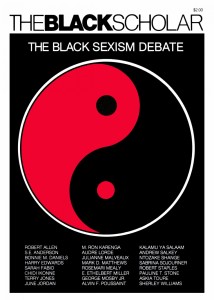
The Black World Foundation
I have never stopped feeling childlike pleasure with print in my hands, but even for those who are numb to it, magazines are historical artifacts — primary documents from not just one source, but forty. And in a pre-internet era, they are evidence of the real-time gathering together of bodies. This is especially visible in nonprofit and small presses; in Conditions or Heresies, the archival document is the result of women’s handiwork in a ultra-specific place and time, and ought to be read as such.
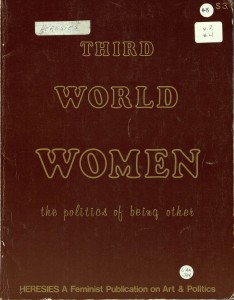
It is the policy of the Heresies Collective to allow reprints of materials from our publication since (a.) it is collectively created and constructed; and (b) All authors and artists whose work is included agree to this policy ‐‐ and with the idea that our political priority at the time of publication is to get this material the widest circulation possible.
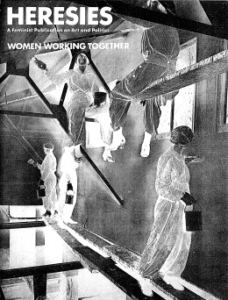
It is the policy of the Heresies Collective to allow reprints of materials from our publication since (a.) it is collectively created and constructed; and (b) All authors and artists whose work is included agree to this policy ‐‐ and with the idea that our political priority at the time of publication is to get this material the widest circulation possible.
I started looking at publications from the entire span of the 1970s, downsized to 1975-1980, and finally to just 1979, where I felt like I could provide a decently comprehensive selection from that year. I’ve included virulent anti-feminist articles like Robert Staples’ infamous “The Myth of Black Macho: A Response to Angry Black Feminists,” Tiger Beat-esque pages of Jet, visceral poetry from famous writers like Audre Lorde to anonymous single mothers, glamorous celebrations of black beauty, painfully targeted ads, and academic articles which prove that contemporary political “buzzwords” are not trendy or newfangled at all. As you flip through these pages, there’s information to be gleaned from focusing on design elements as well as spending time with the actual text (which can be enlarged by clicking on the images). I hope that you leave this project with a more comprehensive understanding of what print can do and be, what black women were saying about themselves at this particular point in history, and renewed hope for the potential of print to give life to communities today.
—Sophia Richards
Publisher’s Note: Sophia’s original online zine, comprised of some fifty+ entries, posed a permissions/licensing challenge, so we replaced it with her Editor’s letter, a few images emblematic of her work, and the Table of Contents which we encourage you to explore for insight into black feminisms in the ‘70s.
